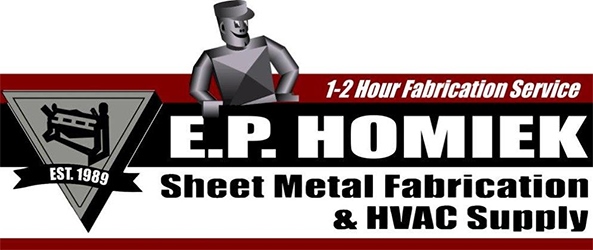HVAC Rigging: Basic Safety Training Protects Workers, Property and Equipment
- Posted on April 13, 2021
- by admin
- in Blog_Posts
- Comments Off on HVAC Rigging: Basic Safety Training Protects Workers, Property and Equipment
Use of cranes, derricks and hoists for rigging HVAC equipment is a routine part of mechanical construction, but many HVAC workers have little training in rigging techniques and safety. Not only does lack of training result in damage to property and expensive equipment, it is often the cause of serious injuries and fatalities.
During a recent E.P. Homiek webinar, an instructor from a major HVAC manufacturer described how company representatives attending startups frequently observe equipment damaged to due to rigging errors. Large package air handling units are often partially crushed by slings lacking a spreader bar, while other units are twisted, racked, or suffer a bent frame due to improper support or weight distribution while hoisting. These damages can result in all sorts of equipment problems, from leaking condenser coils to crooked condensate pans that flood into the building. In some cases, equipment is so badly damaged that it must be completely replaced.
Any HVAC contractor that performs routine lifts should invest some time in training their workers on basic rigging safety guidelines to prevent accidents and injuries. (Critical lifts, such as those that involve multiple cranes, lifts over occupied buildings, close to power lines, etc. require a much higher level of training and certification.) These include determining load weight, understanding angles and tension, selecting the right hitches, slings, and hardware for the load, inspecting slings and hardware before use, protecting slings from cuts and tears, and determining a load’s center of gravity. Most manufacturers include load weights and dimensions as well as specific rigging instructions in their equipment Installation, Operation and Maintenance (IOM) manuals.
If you enjoyed this article please consider sharing it!




